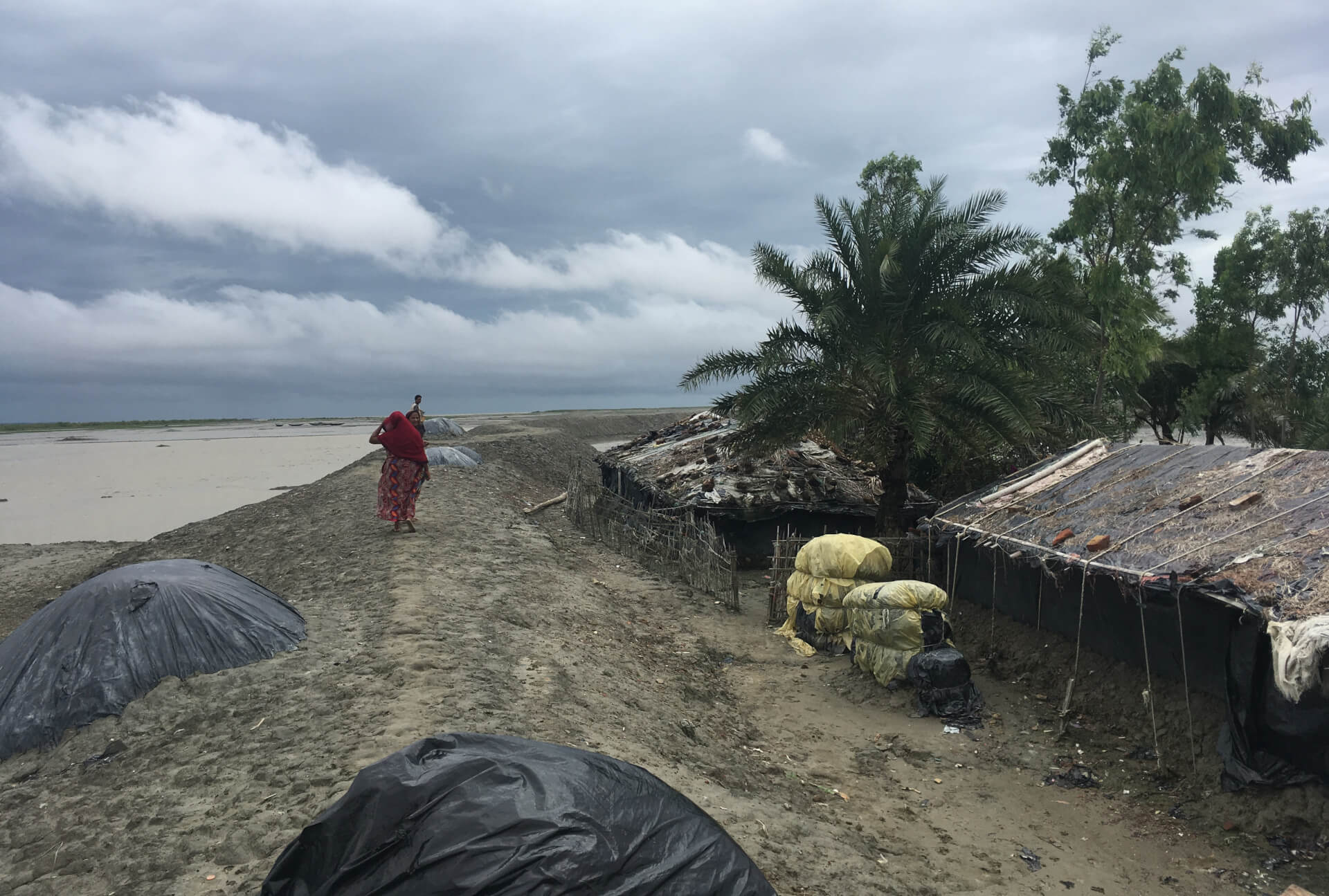
Read more
Blog, Migration Governance
The civil war in Ethiopia: death, displacement and a humanitarian crisis
On December 09 2020, the Ethiopian government has admitted that it has fired at and arrested UN staff who were visiting refugee camps in Tigrai. Early this month, UN High Commissioner for Refugees Filippo...
The relation between climate change and human migration is often understood in relatively narrow terms. The predominant assumption is that climate change is causing millions of people to move: as people are impacted by sea-level rise, drought, or cyclones, there is no other choice but to move away.
This is certainly part of the story – as people’s homes are affected by sea-level rise, they can be forced to move as the sea has eaten away their land. However, this does not mean that everyone is affected at the same time, will move to the same place or at the same pace.
Especially for more gradual climatic changes, such as sea-level rise and intersecting erosion processes, change occurs slowly in ways that do not impact a whole village or city at the same time. First the houses closest to the shore get taken, then some months later the next, etcetera.
I saw this happening during my research in Bangladesh where the land gradually gets eaten away by the river, which gets deposited elsewhere in the delta. Though not a case of pure climate change – as these changes are inherent to the delta and are exacerbated by for instance cyclones that further impact on already eroded areas – it does show how gradual land changes impact on people’s mobility.
When people’s houses are lost to the river, they do not move far. Movement depends on their access to resources or social connections, which if limited, does not give much choice other than to move the house say some metres further away from the water.
Amongst the most marginalized groups in Bangladesh, this usually means they are rebuilding homes on the latest embankment (often being government land). This also means they will likely have to move again in the years to come as shoreline erosion worsens. Those who do have the means and connections to move often go to Dhaka city. Yet, they stay connected and attached to their places of origin in the river delta. For example, in one area where a new embankment was being made to better protect the area from further erosion, several of those in Dhaka were seeking to return back home, and to restart their businesses.
These examples demonstrate the highly varied nature of what it means to move in the context of climate changes. It is a form of movement that is not well captured through the term migration.
To better capture this diversity, a group of scholars, including myself, have proposed the term climate mobilities in Nature Climate Change and an associated climate mobilities research programme. In its essence, this programme is empirically driven, exploring “the multiple forms, directions and multiplicities of human movement in the context of climate change” (Boas et al. 2019).
This means examining climate mobilities in analytical terms by “avoiding assumptions that mobility is unidirectional or monocausal, or inherently positive or negative.” (Boas et al. 2019). It endorses research to embrace and interrogate the complexity of the relation between climate change and human mobility, rather than simplifying it as is often done. Furthermore, for instance through Mimi Sheller’s concept of mobility justice, it delves into the unevenness and political nature of climate mobilities; as some have more means to move or to remain under safe circumstances than others, just as those forced to move are often the ones least responsible for greenhouse gas emissions.
If you like to hear more about climate mobilities, you can watch a MPC webinar held on this subject last November, including presentations by myself, Dr. Carol Farbotko, Dr. Ethemcan Turhan and Prof. Dr. Mimi Sheller.
Ingrid Boas, Visiting Fellow, MPC, RSCAS
The EUI, RSCAS and MPC are not responsible for the opinion expressed by the author(s). Furthermore, the views expressed in this publication cannot in any circumstances be regarded as the official position of the European Union.

